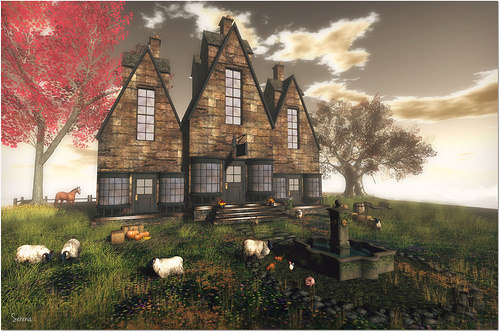
In computing, memory refers to the physical devices used to shop applications or information on a short-term or permanent basis for use in a laptop or other digital electronic device. Computer memory is one particular of the most integral elements of any personal laptop. The memory allows programs (like your operating technique) to function. When you execute a plan, that system draws from your computer’s accessible memory. The much more memory you have, the faster a plan will be able to run.
Desktop memory is a sort of Random Access Memory (RAM) that is utilised on desktop computers. RAM is typically measured in gigabytes, reads and writes information that is utilised by the computer’s processor. When you click a system to open it, your desktops processor shops the data for the in-use plan in RAM, where the data stays intact until the opened program is closed.
While they perform the same function, desktop and laptop memory are distinct in that desktop memory is physically bigger. You will generally discover Dual In-line Memory Modules (DIMMs) in desktops.
There are a huge quantity of RAM varieties available for desktop laptop systems. The most frequently employed sorts nowadays are DIMMs (Dual In-Line Memory Module) and these are the small circuit boards that holds memory chips. DIMMs are standard in desktop computers, and common types of DIMMs are SDRAM, DDR SDRAM, DDR2 SDRAM and DDR3 memory. These are not backward compatible.
Physically, the current DDR3 memory chips have 240 pins. This is the very same as DDR2, though electrically the two forms are incompatible, along with possessing distinct locations for their important notches. The original DDR format has only 184 pins. As far as power consumption goes, the DDR line has grow to be much more energy effective as it progresses: 1.5 volts for DDR3 versus 1.8V for DDR2 and two.5V for DDR.
What is critical to know about memory is that, the more of it the much better. In contrast to older operating systems, today’s operating systems are usually 64-bit, which implies that they can function with huge amounts of RAM, more than you could ever afford to cram into a consumer desktop. Often make sure that the memory that you are attempting to place in is compatible with the operating program that you are making use of.
Most desktop systems tend to have a total of four to six memory slots on the boards with modules installed in pairs. Smaller sized type aspect systems normally will only have a two or 3 RAM slots. The way these slots are utilised can play a key function in how you can upgrade your desktop memory in the future.
Understanding how to upgrade a computer’s memory can help in saving a gradually running desktop laptop. Upgrading a desktop in general may at times only require certain hardware modifications. Sometimes, all that a slow desktop demands is a desktop memory upgrade in order for it to run as good as new. Upgrading your memory is normally the easiest and least costly way to upgrade your desktop for a considerable increase in overall performance.
